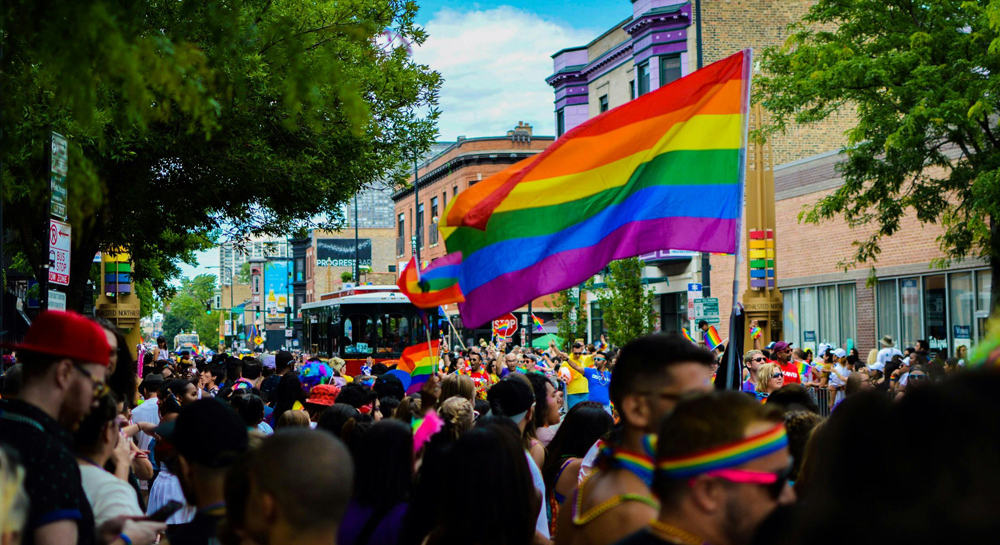As Pride month is in full swing, you might notice the variety of flags that represent different sexualities and genders within the LGBTQ+ community. If you want to learn more about the differences between each and pick the one that’s right for you, here are 10 Pride flags you should know:
Traditional rainbow Pride flag
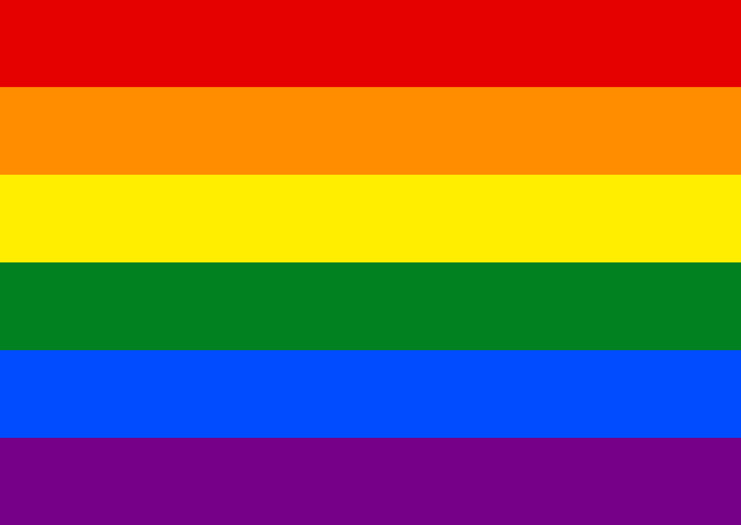
This is the traditional Pride flag, and is perhaps the most familiar. However, what you might not know is that the original rainbow flag designed by Gilbert Baker included pink and turquoise. The pink was originally dropped due to production issues with the colour and the turquoise was dropped shortly after to have an even number of colours. Now, the six remaining colours represent different values: red is life, orange is healing, yellow is sun, green is nature, blue is harmony, and violet is spirit.
People of colour inclusive flag
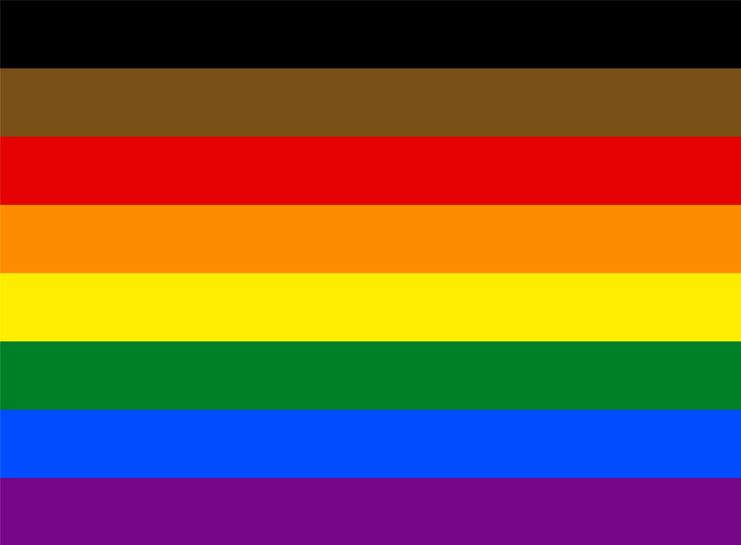
The addition of black and brown stripes to the traditional rainbow Pride flag represents the support of people of colour and racial diversity within the LGBTQ+ community.
Queer Pride flag
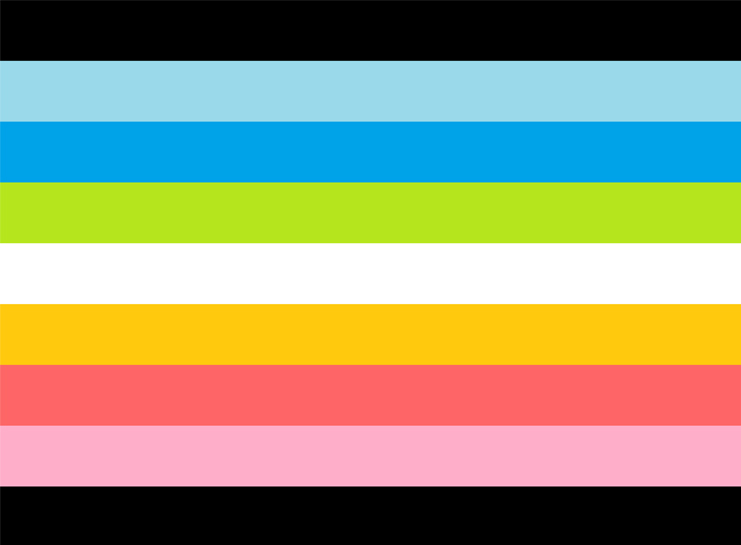
Though it is not a very well-known symbol, the queer Pride flag represents all aspects of the queer community. This includes different sexualities along with different gender identities.
Progress Pride flag
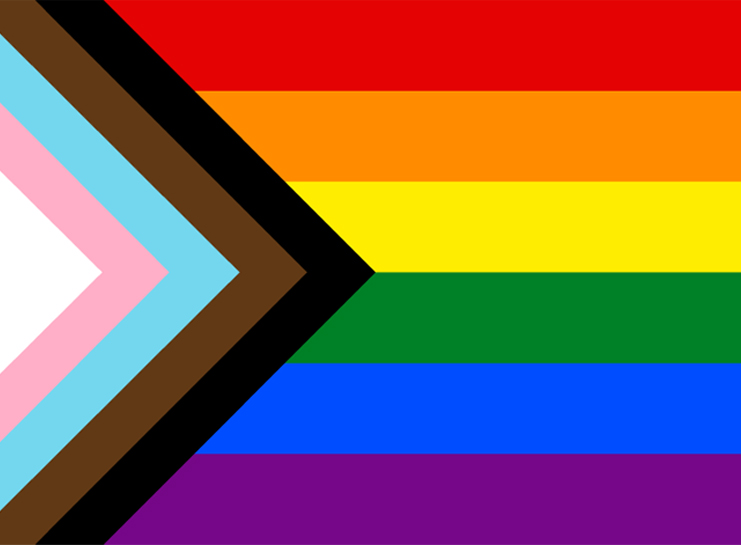
The Progress Pride flag was created in order to include more representation of transgender people, those with HIV/AIDS, and people of colour in the LGBTQ+ community. The white pink and blue colours represent the transgender flag, and the black and brown stripes represent BIPOC members.
Intersex flag
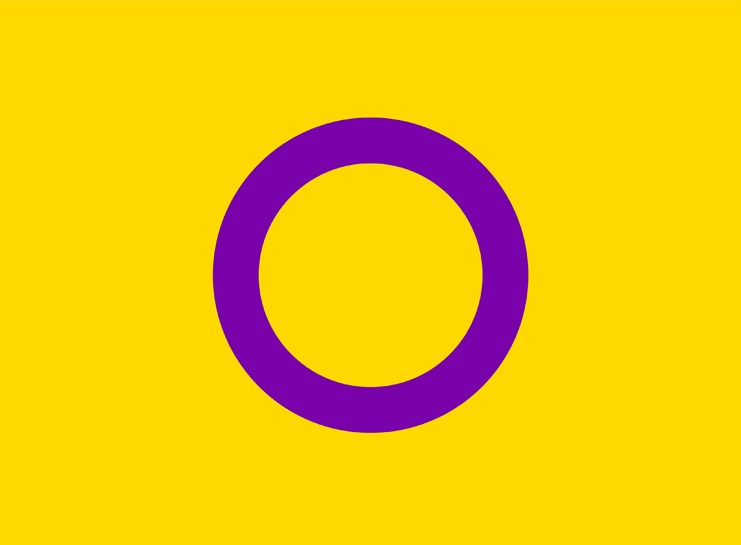
Intersex people are people who are born with genitals, chromosomes, or hormones that may not identify with either male or female. The colours of this flag avoid blue and pink, as those are typically associated with masculine or feminine identities. Yellow and purple were chosen because they are more gender-neutral.
Intersex inclusive Pride flag
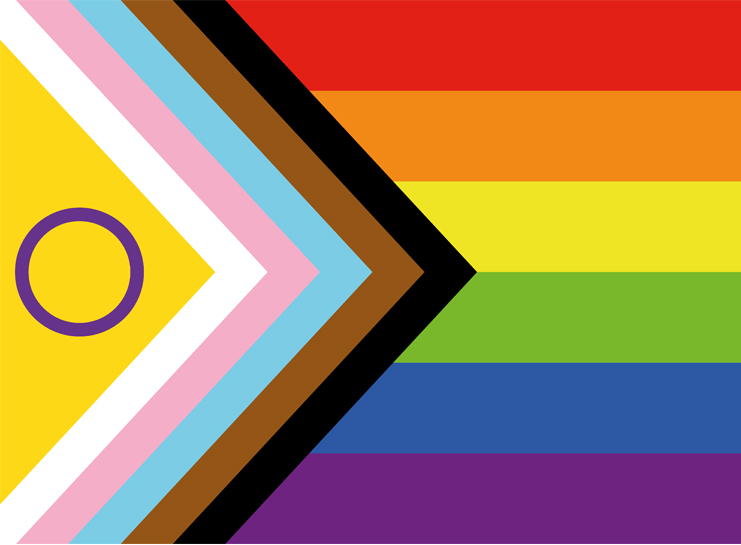
The Progress Pride flag was updated in 2021 to include the intersex community. This update was to include all groups within the LGBTQ+ community and bring in more representation.
Bisexual flag

Michael Page, the designer of this flag, created it to better represent the bisexual community. The magenta represents same-sex attraction, the blue represents attraction to another gender, and the purple in the middle represents attraction to multiple genders.
Lesbian flag
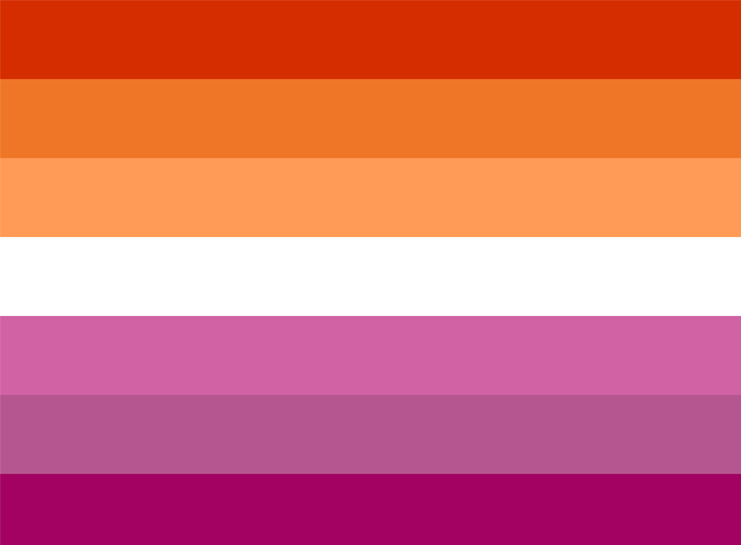
In the past, there have been many variations of the lesbian flag, including the butch lesbian flag, lipstick lesbian flag, etc. This updated version was created in 2018 to represent the different identities within the lesbian community.
Asexual Pride flag

Asexual people are people that lack sexual attraction to any gender. Asexual people can have varying levels of desire for sexual activity and partners. The stripes on this flag represent asexuality, allies, and community.
Straight ally flag
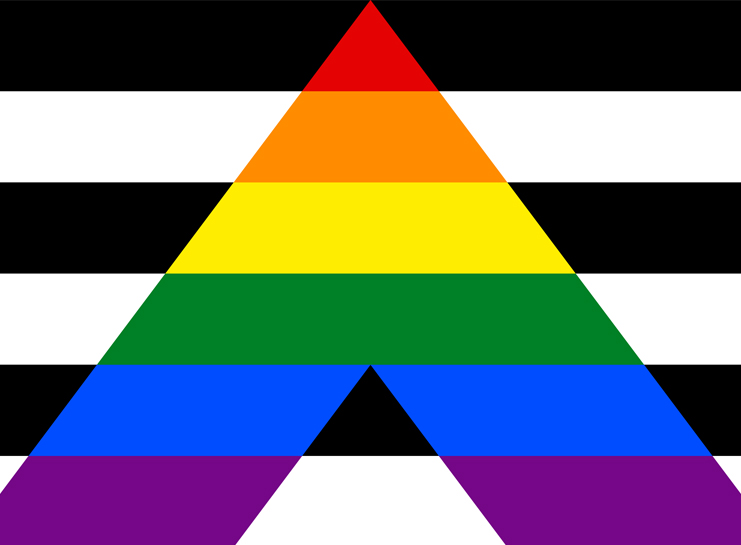
Pride support can be just as important as Pride itself, and the straight ally flag is here to help people do that! This flag symbolises the support and celebration of other people’s sexualities and gender identities, without necessarily identifying as it themselves.
When celebrating Pride, it is important to stay educated and be intentional with your support. While the rainbow flag is the most widely known, it is valuable to understand other flags that represent different groups of people.
Celebrating each gender, sexuality, and identity is imperative at Pride, so this June and beyond, get familiar with the importance of each individual flag!
© 2024 GCN (Gay Community News). All rights reserved.
Support GCN
GCN is a free, vital resource for Ireland’s LGBTQ+ community since 1988.
GCN is a trading name of National LGBT Federation CLG, a registered charity - Charity Number: 20034580.
GCN relies on the generous support of the community and allies to sustain the crucial work that we do. Producing GCN is costly, and, in an industry which has been hugely impacted by rising costs, we need your support to help sustain and grow this vital resource.
Supporting GCN for as little as €1.99 per month will help us continue our work as Ireland’s free, independent LGBTQ+ media.
